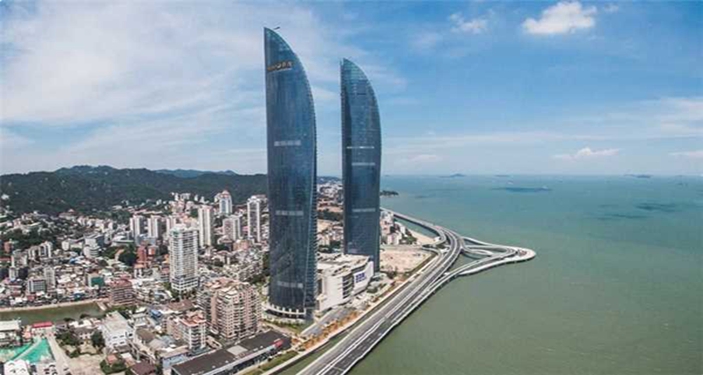ABB has been recognized as a leader in asset performance management by research and analysis company Verdantinx

- ABB Ability ™ The leadership of the Genix APM suite has earned ABB recognition as a leading provider of Asset Performance Management (APM) solutions
- Verdantinx analysis report documents ABB’s progress from challenger to industry leader in just 12 months
- This recognition highlights ABB’s continued investment in digital innovation and commitment to the development of APM solutions
ABB was recognized as a leader in the Asset Performance Management (APM) solution report for the Verdantinx Green Quadrant in 2024, which evaluates software suppliers across 18 competency areas and nine strategic success factors.
Verdantinx has placed ABB in the leadership quadrant, recognizing the advanced features and strategic advantages provided by its solutions. ABB is also recognized for its interoperability, expertise, and ability to integrate third-party systems.
ABB’s promotion from challenger to industry leader is also attributed to its successful integration of first principles models with advanced artificial intelligence capabilities to enhance asset health and fault prediction. ABB is also heavily investing in several innovative projects that are currently under development, such as developing in the fields of automation and artificial intelligence to create dynamic Failure Modes, Utility, and Criticality Analysis (FMEA), Effects and Criticality Analysis, Abbreviated as FMECA, digital twin extension, and Genix APM Copilot based on generative artificial intelligence.
These advancements will accelerate the deployment of asset maintenance management software, shorten the time to deliver value, improve user experience, provide richer scenario based support, and support safer and more sustainable operations.
The Verdantinx report particularly emphasizes ABB’s “market leading platform development capabilities and robust data management support,” giving the Genix APM platform and suite the highest score of 3.0 for the development environment provided.
Stacey Jones, Portfolio Manager of ABB Energy Industry APM, said, “Asset intensive industries are facing multiple pressures, and the evolution towards predictive maintenance solutions is the trend. Verdantinx believes that this is the strongest growth area before 2030 ABB adopts a modular APM approach, which enables us to meet the various needs of our customers, regardless of their asset management level, as we can gradually expand our corresponding capabilities. Verdantinx’s recognition demonstrates our continuous efforts to provide leading APM solutions, optimize asset performance and operational efficiency, and support our customers on their journey towards digital transformation, energy management, and sustainable development.
Verdantinx also recognizes ABB’s powerful asset health workflow, which can provide asset health management above market average, including comprehensive tracking of asset health and performance, predicting failures, and providing recommendations for equipment maintenance. In addition, ABB has performed well in utilizing pre built libraries and AI based analytical capabilities, providing in-depth insights into asset health.















